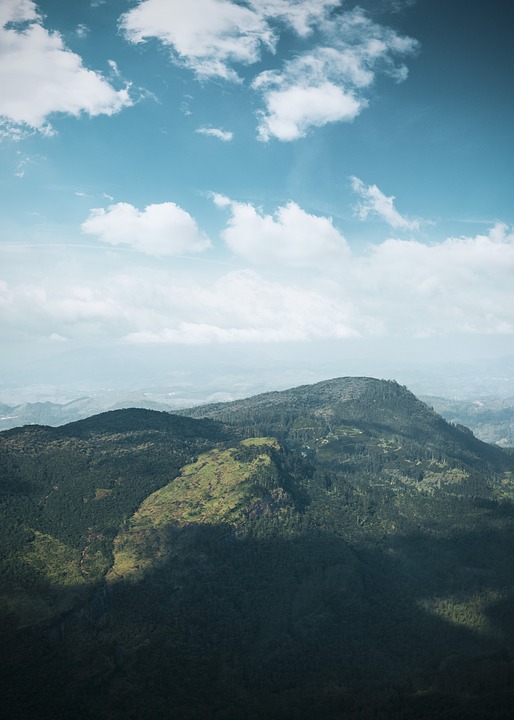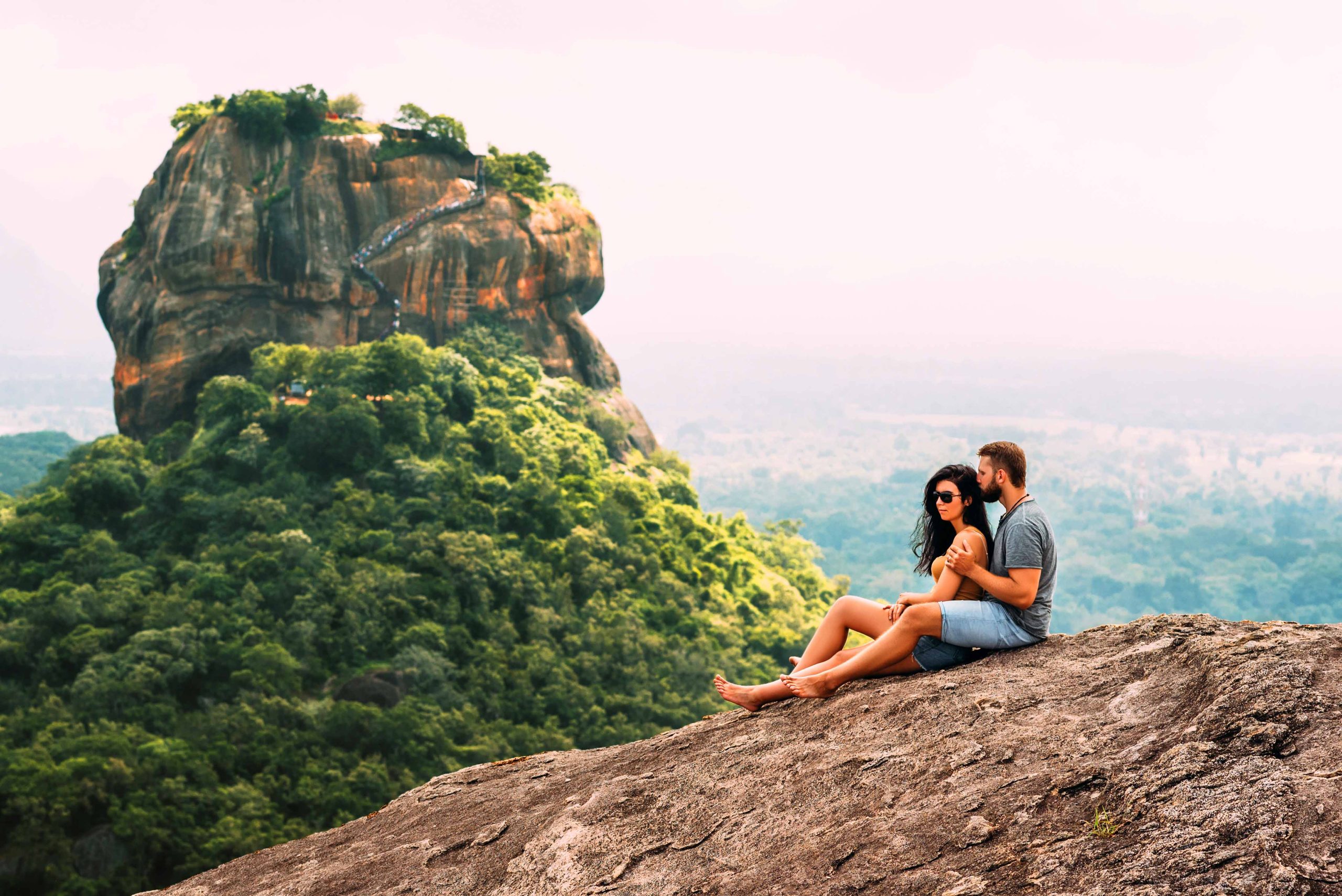Discovering Sri Lanka’s Top Landmarks

Discovering Sri Lanka’s Top Landmarks
Are you ready to explore the stunning landmarks of Sri Lanka? In this article, we will take you on a virtual tour of some of the country’s most iconic sights. From ancient ruins to majestic temples, Sri Lanka is a treasure trove of history and culture. Let’s dive in and uncover the beauty that awaits you in this mesmerizing island nation.
Table of Contents
ToggleWhat are the ancient ruins of Anuradhapura?
Anuradhapura, located in the North Central Province of Sri Lanka, is home to a sprawling complex of ancient ruins that date back to the 4th century BC. This UNESCO World Heritage Site was once the capital of the Sinhalese kingdom and is filled with magnificent structures such as stupas, monasteries, and palaces. The sacred Bodhi tree, which was brought to Anuradhapura by Sangamitta Thera in the 3rd century BC, is believed to be the oldest documented tree in the world. Visitors to Anuradhapura can explore the ruins on foot or by bicycle, immersing themselves in the rich history and spirituality of this ancient city.
What is the significance of the Sigiriya Rock Fortress?
Sigiriya, also known as Lion Rock, is a UNESCO World Heritage Site that is one of Sri Lanka’s most iconic landmarks. The fortress is perched atop a massive rock formation, offering breathtaking views of the surrounding jungle and countryside. Built in the 5th century by King Kasyapa, Sigiriya served as a royal palace and fortress, complete with gardens, moats, and frescoes. The most famous feature of Sigiriya is the Lion Gate, which once had a massive lion statue guarding the entrance to the palace. Climbing to the top of Sigiriya is a challenging but rewarding experience, allowing visitors to step back in time and marvel at the ingenuity of ancient Sri Lankan architecture.
What can visitors expect to see at the ancient city of Polonnaruwa?
Polonnaruwa, another UNESCO World Heritage Site, is a well-preserved ancient city located in the North Central Province of Sri Lanka. Founded in the 11th century, Polonnaruwa served as the second capital of Sri Lanka and is home to a vast complex of ruins, temples, and statues. The city’s most famous landmarks include the Royal Palace, the Gal Vihara rock temple with its giant Buddha statues, and the massive ancient reservoir known as the Parakrama Samudra. Visitors to Polonnaruwa can explore the ruins by foot, bike, or even on a guided tour, immersing themselves in the fascinating history and architecture of this ancient city.
Why is the Temple of the Sacred Tooth Relic in Kandy so revered?
The Temple of the Sacred Tooth Relic, located in the city of Kandy, is one of the most sacred Buddhist sites in Sri Lanka. This temple houses the relic of the tooth of the Buddha, which is believed to have been brought to Sri Lanka in the 4th century AD. The relic is enshrined in a magnificent gold casket within the temple complex, and visitors can witness daily rituals and offerings to honor this sacred object. The temple is also home to a museum that displays artifacts and treasures related to the tooth relic, allowing visitors to learn more about the history and significance of this revered Buddhist relic.
What is the history behind the Galle Fort?
Galle Fort, located on the southwestern coast of Sri Lanka, is a UNESCO World Heritage Site that dates back to the 16th century. The fort was originally built by the Portuguese before being fortified by the Dutch, and it served as a strategic trading post for centuries. Today, Galle Fort is a charming colonial-era town filled with narrow cobblestone streets, historic buildings, and boutique shops. Visitors can stroll along the ramparts for panoramic views of the Indian Ocean, explore museums and galleries, and immerse themselves in the rich history and culture of this well-preserved fortress town.
Conclusion
Sri Lanka is a land of wonders, with a rich tapestry of ancient ruins, majestic temples, and stunning natural landscapes waiting to be explored. Whether you are a history buff, a nature lover, or a culture enthusiast, there is something for everyone in this mesmerizing island nation. Plan your trip to Sri Lanka today and discover the beauty and splendor of these top landmarks for yourself.
FAQs
1. Is it safe to visit Sri Lanka’s top landmarks?
Yes, Sri Lanka is a safe destination for travelers, with friendly locals and welcoming hospitality. However, it is always advisable to follow basic safety precautions and travel guidelines while exploring the country’s top landmarks.
2. How can I travel to Sri Lanka’s ancient ruins?
You can easily reach Sri Lanka’s ancient ruins by road, with well-maintained highways connecting major cities and historical sites. You can also hire a local guide or join a guided tour to enhance your experience and learn more about the history and significance of these ancient landmarks.
3. What is the best time of year to visit Sri Lanka?
The best time to visit Sri Lanka is during the dry season, which runs from December to March on the west coast and from April to September on the east coast. However, Sri Lanka’s tropical climate means that you can visit the country year-round, with each season offering its own unique attractions and experiences.
4. Are there entrance fees to visit Sri Lanka’s top landmarks?
Yes, some of Sri Lanka’s top landmarks may have entrance fees for visitors, with ticket prices varying depending on the site and whether you are a local or foreign tourist. It is recommended to check the official websites or inquire locally for up-to-date information on entrance fees and ticketing options.
5. Can I take photographs at Sri Lanka’s top landmarks?
Yes, visitors are usually allowed to take photographs at Sri Lanka’s top landmarks, but some sites may have restrictions on where and when you can use flash photography. It is always best to ask for permission and follow any regulations or guidelines set by the site’s management to ensure a respectful and enjoyable visit for yourself and others.
All Categories
Recent Posts
How to Obtain an International Driving License in Sri Lanka
Flying from KTM to Sri Lanka: What You Need to Know
Affordable Business Class Flights to Sri Lanka

